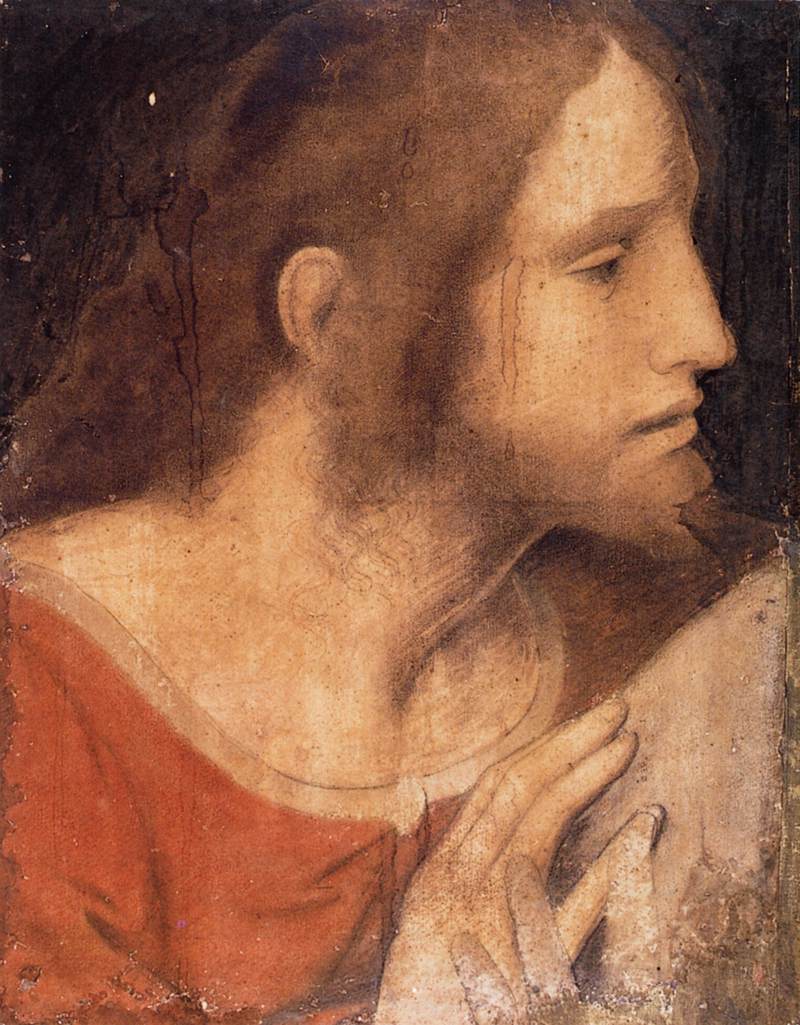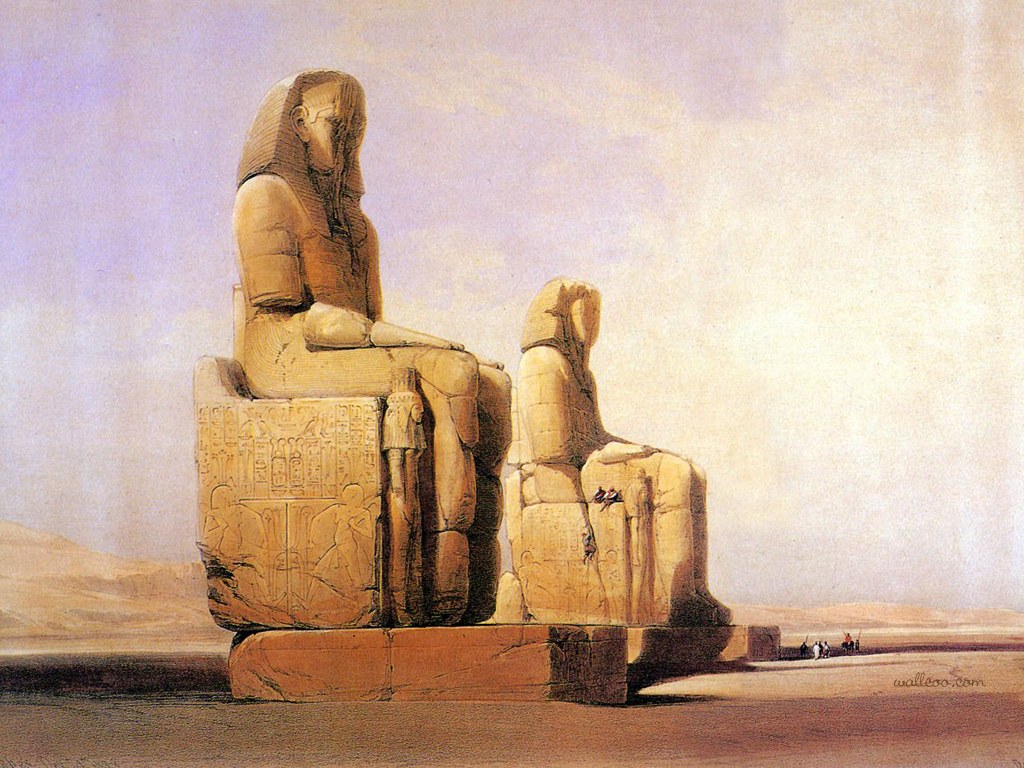Per comprendere adeguatamente il profilo artistico di Degas è indispensabile coglierne le connessioni con gli immensi depositi culturali del passato. Degas, infatti, fu meno disposto di altri suoi colleghi ad accantonare l'eredità dei grandi maestri, ai quali si riferì sempre con appassionata devozione. Non a caso egli considerava i musei come il luogo congeniale alla formazione di un artista, ed a tutti coloro che gli chiedevano consigli per migliorare le proprie tecniche egli ricordava caparbiamente l'importanza di copiare i capolavori del passato.
È comunque considerato uno de maestri dell'Ottocento ed ha lasciato il segno con il suo stile innovativo.
Una delle sue massime:
«Bisogna copiare e ricopiare i maestri, e soltanto dopo aver fornito tutte le prove di un buon copista vi si potrà ragionevolmente permettere di dipingere un ravanello dal vero» - Edgar Degas.
Lo stesso Degas, stimolato dai numerosi viaggi in Italia e dall'erudizione del padre, meditò con molta attenzione sulle pitture conservate al Louvre, e soprattutto sui primitivi del Rinascimento.












